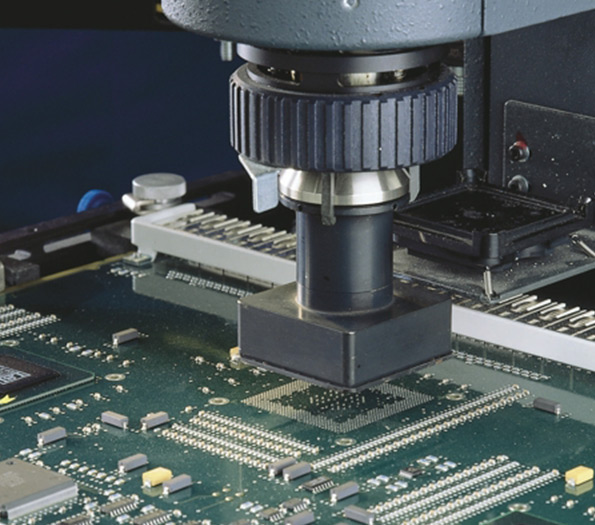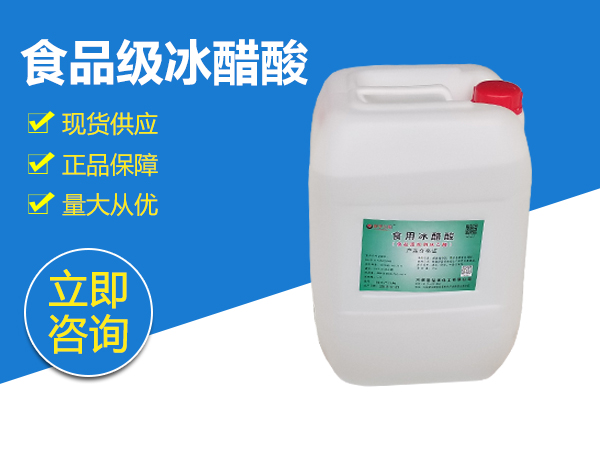Tempered glass, often referred to as toughened glass, has steadily become an essential material in various industries thanks to its remarkable properties and numerous applications. Eagerly sought after for its durability and sophisticated design capabilities, tempered glass serves a multitude of functions that cater to both consumer and industrial needs. Its widespread applications are not only the result of its superior strength but also due to its safety features and versatility.

The manufacturing process of tempered glass is what sets it apart. In a carefully controlled setting, raw glass is heated to exceed 600 degrees Celsius and then cooled rapidly, creating a product that is significantly stronger than ordinary glass. This process induces compressive stress on the surface of the glass and tensile stress inside, making it tough and less likely to shatter. Such properties make it an ideal choice in situations where human safety is paramount.
One of the primary functions of tempered glass is in the automotive industry, where it is used for car windows and windshields. The reason for this preference traces back to both its strength and shatter-resistant nature. In the unfortunate event of an accident, tempered glass doesn't splinter into sharp shards that pose a risk of injury. Instead, it breaks into small, blunt granules, significantly reducing the risk of harm to vehicle occupants and pedestrians. This characteristic alone underscores the critical safety function tempered glass provides.

Moreover, the architectural world has embraced tempered glass extensively, evident in its use in building facades, railings, and even as structural elements in some modern designs. Its ability to withstand high levels of stress and impact makes it suitable for external applications such as balcony enclosures and skylights. Furthermore, its thermal stability allows it to withstand temperature fluctuations, making it optimal for exposed conditions. Architects and builders opt for tempered glass not just for safety but also for its aesthetic elegance, enhancing the visual appeal of structures without compromising on functionality or safety.
In household products,
tempered glass serves an array of functions. It is commonly found in glass doors, oven doors, and even furniture such as tables and shelves. Its heat resistance makes it perfect for kitchen applications, and its robustness ensures longevity and resilience against everyday wear and tear. Consumers favor tempered glass for its sleek appearance, complementing modern design trends while providing peace of mind with its sturdy nature.
tempered glass function
The electronics industry also benefits greatly from the properties of tempered glass. It is widely used in the creation of screens for mobile devices and computers. The glass provides a scratch-resistant surface that protects delicate electronic components underneath, thus improving the lifespan of expensive devices. Users can enjoy the clarity and touch sensitivity of their screens, assured that their gadgets are protected by this remarkable material.
Tempered glass also plays a vital role in the solar energy sector. Used in solar panels, its durability and ability to withstand extreme weather conditions make it indispensable. Solar panels are often subjected to harsh environmental factors like wind, snow, and rain, and it is the tempered glass that shields the sensitive photovoltaic cells from damage, ensuring efficient energy conversion and long-term viability.
From an environmental perspective, tempered glass is also lauded for its recyclability, aligning with the global shift towards sustainable materials. This feature reinforces its desirability in industries where sustainability is becoming a critical factor in product design and material selection.
Ultimately, the functions of tempered glass reflect a blend of safety, strength, and environmental compliance, making it a material of choice across industries. Its numerous applications showcase not just its versatility but also its essential role in modern technology and design. As industries continue to innovate and prioritize safety and sustainability, the demand for tempered glass is likely to see continued growth, securing its place as a cornerstone material in contemporary and future applications.



